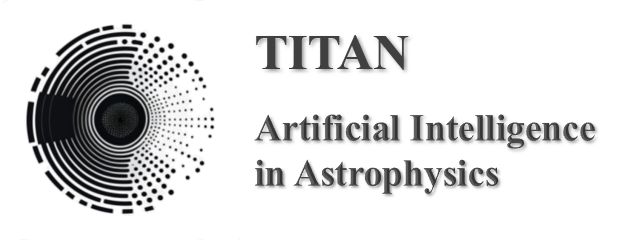COLOURS
Institut Pascal




Cosmological Surveys and Synergies (COLOURS)
June 2nd-13th 2025 - Institut Pascal, Orsay, France
COLOURS is a 2-week event aimed at ensuing that early-career researchers (ECR) are prepared to make the most of Stage-IV cosmological survey data.
The first week of the event (02/06/25-06/06/25) will be a 5-day summer school aimed at improving both technical (software development, machine learning, statistics) and soft skills (academic writing, transferable skills). Site visits and social activities will also be organised.
The second week (10/06/25-13/06/25) will be a 4-day workshop with invited speakers. The aim will be to review key lessons learned in the analysis of Stage-III data and the scientific aspirations of on-going and upcoming Stage-IV surveys.
Confirmed Workshop Speakers
- David Alonso (Oxford, UK)
- Silvia Galli (IAP, FR)
- Daniel Gruen (LMU, DE)
- Catherine Hale (Oxford, UK)
- Alex Hall (ROE, UK)
- Valeria Pettorino (ESA ESTEC, NL)
- Marta Spinelli (OCA, FR)
- Pauline Zarrouk (LPNHE, FR)
Confirmed School Presenters and Topics
- Melissa Ann Thomas (Academic Writing Center - Centralesupélec, FR) - Scientific communication tutorials: The importance of well-written grant proposals and effective research presentations
- Andrina Nicola (U. Bonn, DE) - Putting it all together - an (incomplete) guide to cosmological probe combination
- Giovanni Aricò (INFN-BOL, IT) - N-body simulations
- Natalia Porqueres (CEA, FR) - Field-level and simulation-based inference
- Stefano Camera (UniTo, IT) -
- Samuel Farrens (CEA, FR) - Scientific software development: A hands-on guide to making robust and professional software
- Transferrable skills pannel and presentations by:
- Ben Hoyle (Zeiss, DE)
- Denise Lanzieri (Sony CSL, IT)
- Fred Ngolè Mboula (CEA LETI, FR)
- Prina Patel (Mastercard, UK)
- Course on machine learning
- More to come!
Participation
Successful ECR applicants will be provided with accommodation, offices and lunches for the full durations of the COLOURS programme (i.e. for 2 weeks). Places will be limited.
The workshop (i.e. the second week of the programme) will be open to researchers of all career stages. There are no conference fees, but no acommodation or other financial support will be provided.
Fill in the application form below to express your interest in attending!
Application dealine: 31/01/2025*
*Due to the limited number of places, we may choose to close the application window before the deadline. We encourage you to express your interest as early as possible to ensure the best chance of being selected.
Organisers
SOC
- Samuel Farrens (CEA, FR)
- Stefano Camera (U. Turin, IT)
- Natalia Porqueres (CEA, FR)
- Elena Sellentin (U. Leiden, NL)
- Marta Spinelli (OCA, FR)
- Jean-Luc Starck (CEA, FR & FORTH, GR)
LOC
- Anna Guerreschi (IPa, FR)
- Samuel Farrens (CEA, FR)
- Fabian Hervas Peters (CEA, FR)
- Sacha Guerrini (CEA, FR)
- Natalia Porqueres (CEA, FR)
- Vilasini Tinnaneri Sreekanth (CEA, FR)
